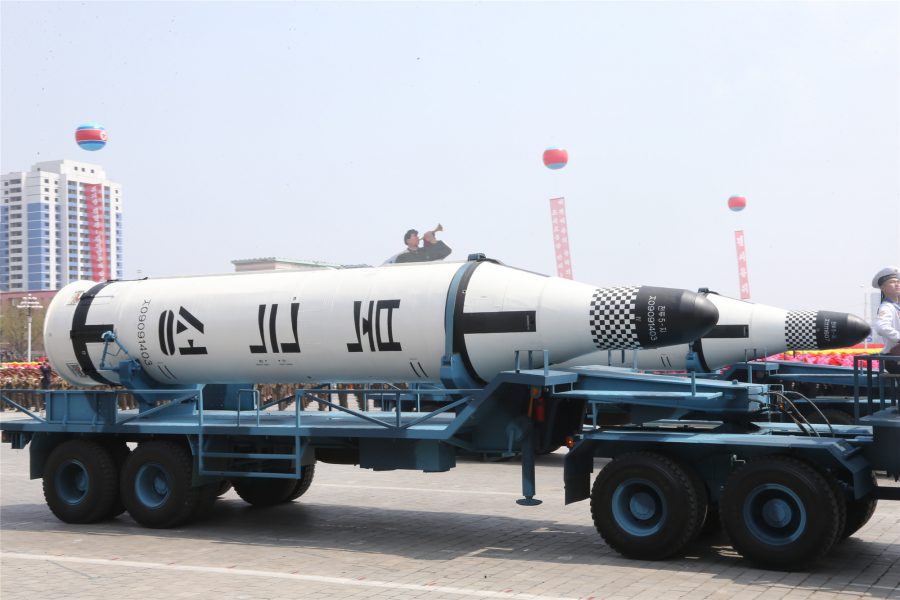US ‘armada’ heads in opposite direction of North Korea
TENSION. International tensions arise as the U. S. sends their ships across the Pacific. The U. S. intends to use these ships as a motive of defense. While the ships seemed to be traveling towards North Korea, they are actually routing their way towards the Western Pacific.
April 20, 2017
On April 8, the U. S. Navy claimed that the Carl Vinson strike group was on their way towards the Korean peninsula. President Donald Trump said an “armada” was being sent as a deterrence measure.
The U. S. states that it had to first finish training with Australia and is now continuing through the Western Pacific.
Celebrating the 105th birthday of the country’s late founder Kim II Sung, Kim Jong Un’s government decided to experiment with a form of a missile or nuclear test. This in turn sparked fear throughout the world as tensions arose.
“If the U. S. is planning a military attack against us, we will react with a nuclear pre-emptive strike by our own style and method,” said Vice-Foreign Minister Han Song-ryol to “BBC.”
Additionally, this past weekend, the country decided to participate in missile tests, resulting in failures. This represents the reminder that North Korea could pose as a potential threat to the U. S. homeland and U. S. interests in East Asia.
“Nuclear experts believe the North to have 12 to 20 bombs and [to plan to] expand its nuclear arsenal to 40 or 50 in the next four to five years. That would rival the size of the United Kingdom’s nuclear arsenal,” said Sung-Yoon Lee, a professor of Korean studies at Tufts University, to “ABC News” in an email.
As of now, North Korea does not have the ability to attack the U. S. mainland with its missiles. Nevertheless, according to Michael Elleman, senior fellow for missile defense at the International Institute for Strategic Studies, the country is constantly advancing their technology and is currently working on a missile, known as the Musudan (Hwasong-10), with a range of up to 2,000 miles
“Though this is unlikely, the worst-case scenario is open warfare between the two Koreas into which China and the U.S. would get dragged on opposite sides and in which nuclear weapons were used,” said Robert Kelly, an associate professor of political science at Pusan University in South Korea, to “BBC.”







